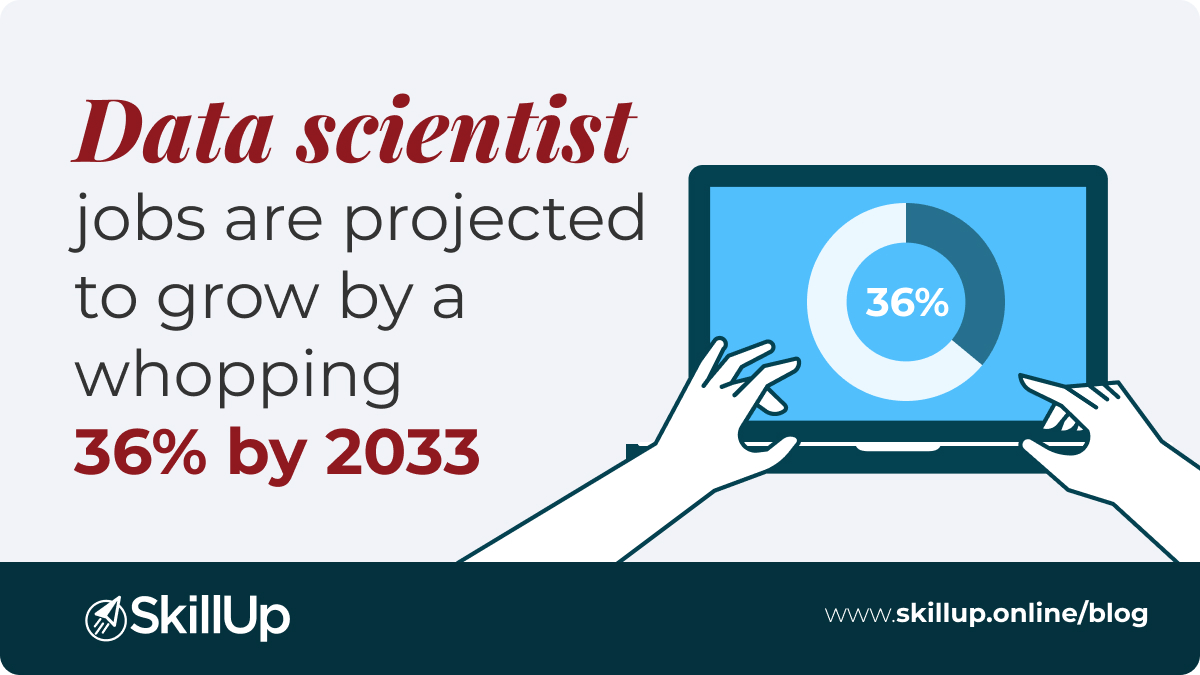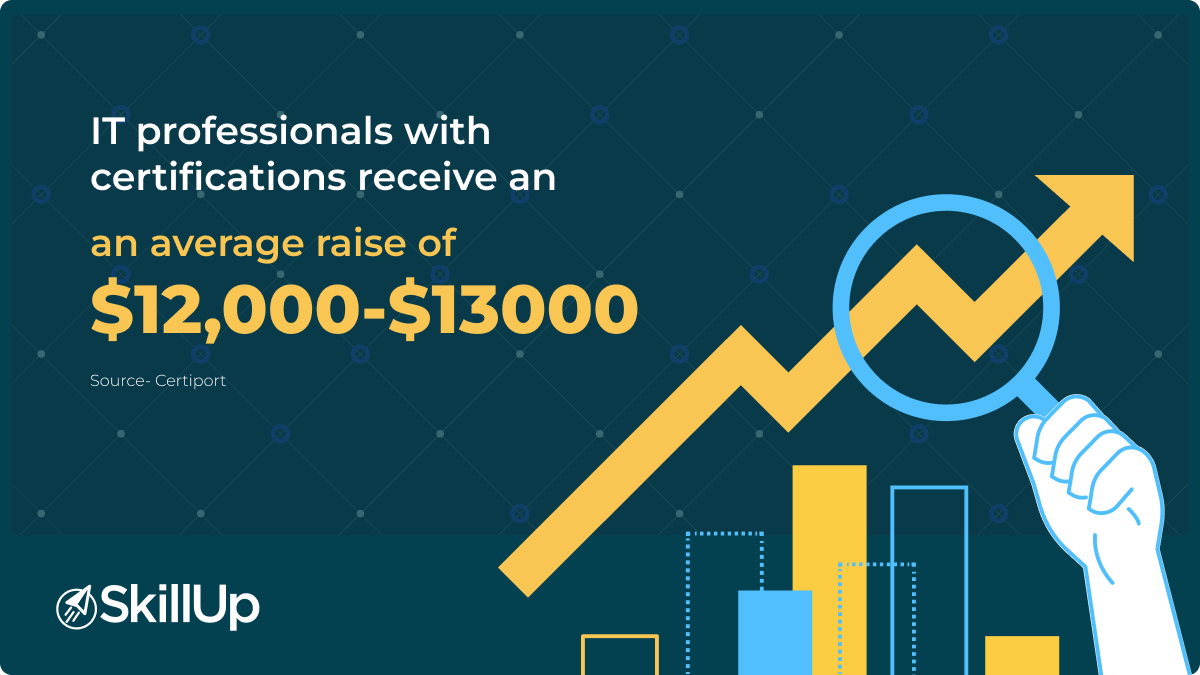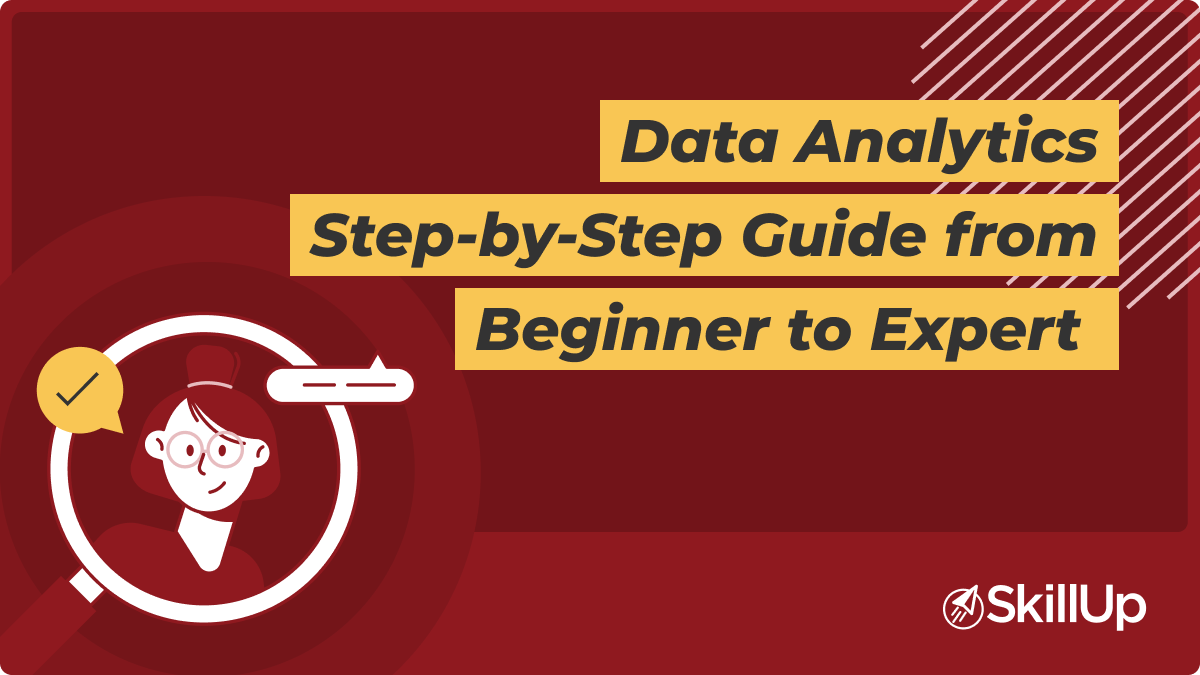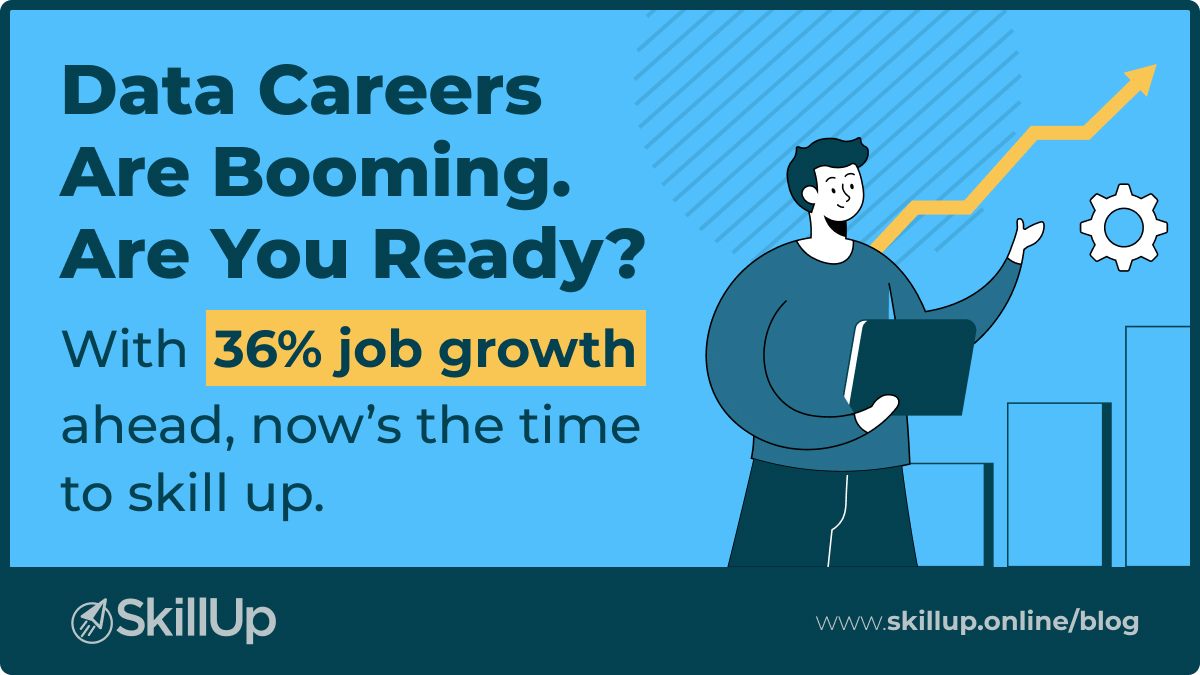Did you know? Data analysts in the U.S. earn an average base salary of $73,779, with total compensation reaching around $90,815. Organizations in healthcare, finance, retail, and government are turning to data to guide critical decisions. This has fueled demand for professionals who can turn numbers into insights and drive smarter business strategies.
Whether you’re just starting out or planning a career switch, this data analytics roadmap can guide you. It covers the skills you need, the tools to master, and how to position yourself for long-term success in this field.
What It Means to Be a Data Analyst Today
At its core, a data analyst’s job is to make sense of raw information. This includes cleaning, organizing, and translating data into actionable insights for business decisions. Whether it’s understanding why sales dipped last quarter or identifying which customer segments are most engaged, analysts provide the “what” and “why” behind the numbers.
While the role overlaps in parts with data science and business intelligence, data analysts focus primarily on finding trends in existing data. They use this knowledge to improve performance, efficiency, or customer engagement. Analysts also play a crucial role in helping non-technical stakeholders interpret data, often acting as the bridge between raw metrics and strategic business decisions.
The Skills That Make You Stand Out
To thrive as a data analyst, you’ll need a mix of technical know-how, business acumen, and communication finesse. Here are the essentials:
Technical Tools
- Excel: Still foundational for data wrangling and exploratory analysis.
- SQL: Crucial for querying relational databases and extracting structured data.
- Python: Increasingly required for automation, data transformation, and exploratory data analysis.
- Tableau/Power BI: These tools bring your insights to life through dashboards and visualizations that decision-makers can easily grasp.
Analytical Thinking
- You’ll need a keen eye for identifying patterns, trends, and outliers.
- It’s not just about interpreting data it’s about asking the right questions in the first place.
Communication Skills
- The best analysts don’t just crunch numbers they tell stories.
- Being able to visualize data and communicate insights clearly can make or break your impact in a role.
For a full breakdown, head over to SkillUp’s Top 10 Skills to Become a Data Analyst.
A Step-by-Step Guide to Becoming Job-Ready
While many try to learn data analytics in scattered pieces, a clear data analytics roadmap makes the journey smoother and more effective. Here’s how to break it down:
Phase 1: Build Your Foundation
- Get familiar with basic concepts: types of data, data structures, and how businesses use analytics.
- Learn Excel and data visualization principles to work with simple datasets and charts.
- Start building a data mindset understanding problems before jumping into solutions.
Phase 2: Master the Tools and Techniques
- Learn SQL to extract and manipulate data from databases.
- Pick up Python for data cleaning, manipulation (using pandas), and visualization (matplotlib, seaborn).
- Dive into Tableau or Power BI to create dynamic dashboards and present compelling stories with data.
Phase 3: Apply Your Skills to Real-World Scenarios
- Solve real business problems with structured capstone projects.
- Build a portfolio that demonstrates your ability to gather insights from data.
- Work through industry case studies that simulate challenges you’ll face on the job.
You can follow this exact structure in SkillUp’s TechMaster Data Analytics Certification Online, a hands-on program designed to take you from foundational knowledge to job-ready skills with guided mentorship, real-world case studies, and project-based assessments.
How to Land That First Job: What Hiring Managers Want
Breaking into your first data analyst role can be competitive, but if you have the right assets in place, you’ll stand out.
Build a Compelling Portfolio
- Include 2–3 real projects that reflect different business use cases like customer segmentation, sales forecasting, or churn analysis.
- Make sure each project tells a complete story: the problem, your process, the data, and the outcome.
Showcase Your Technical Proficiency
- Demonstrate hands-on experience with SQL, Python, and visualization tools.
- Certificates can boost credibility, especially beginner-friendly ones like:
- Microsoft Excel for Data Analysis
- Tableau offered through SkillUp.
Be Communication-Ready
- Hiring managers want analysts who can explain their findings to non-technical stakeholders.
- Practice simplifying your insights and presenting them visually.
Optimize Your Online Presence
- Ensure your LinkedIn profile highlights your technical stack, portfolio, and key projects.
- Engage in data communities on platforms like GitHub, Reddit, and Kaggle.
For more job-aligned insights, don’t miss the In-Demand Data Analyst Roles blog from SkillUp.
Beyond the First Role: Growing Your Career
Once you land your first job, the learning doesn’t stop it evolves. Here’s how to keep your career momentum strong:
Go Beyond the Tools
- Learn cloud-based platforms like Google BigQuery or Amazon Redshift.
- Explore intermediate-to-advanced Python libraries (e.g., NumPy, SciPy, Plotly).
- Consider tools for automation and data pipelines like Apache Airflow or dbt.
Specialize or Expand
- Some analysts move into roles like business intelligence analysts, analytics consultants, or product analysts.
- Others shift toward machine learning, becoming data scientists or ML engineers over time.
- Domain specialization in finance, healthcare, and retail can be a strong differentiator.
Never Stop Learning
- Subscribe to newsletters like Data Elixir, KDnuggets, and Towards Data Science to stay on top of the latest tools, techniques, and industry trends.
- Attend virtual workshops, join community events, and explore bootcamps that offer project-based learning.
- And when you’re ready to take the next step, explore a range of advanced and specialized courses through platforms like SkillUp’s Data Analytics Course Online designed to help professionals grow at every stage of their analytics career.
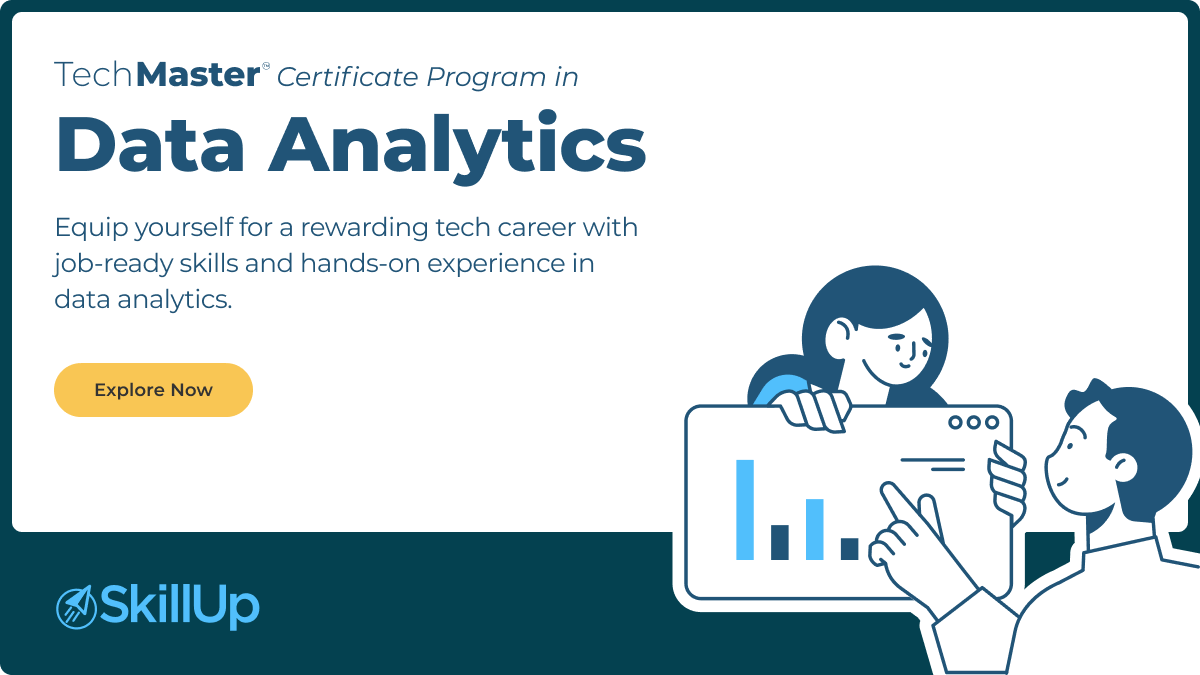
Start Your Data Analytics Roadmap with Confidence
Data analytics isn’t just a trend; it’s becoming the backbone of decision-making across nearly every sector. Whether you’re starting from scratch or already dabbling with data, now is the perfect time to build a future-proof career. The key is to follow a structured learning path, practice consistently, and stay connected with industry trends.
And if you’re looking for a guided path with hands-on experience, expert mentorship, and job-aligned projects, SkillUp’s TechMaster Data Analytics Certification is a great place to start.
SkillUp Online


